Eliminating the split winding is a large advantage. Driving it balanced is a further advantage. But the bridges have disadvantages, too.
First, about leakage inductance.
Transformers are made of wire. Wire has length, and length is proportional to inductance. Real transformers have leakage inductance proportional to the length of wire used to wind them (plus a geometry factor -- it's complicated, of course, but this is sufficient hand-waving for the average case).
When the push-pull converter switches (commutation), load and magnetizing currents must stop in one leg, and resume in the opposite leg. This cannot happen instantaneously, and physical delay manifests here as a lumped-equivalent inductance. Thus, there is a series inductor with each MOSFET drain, which causes overshoot and ringing.
Occasionally, the primary's leakage inductance can be made small enough that the overshoot/ringing is negligible, given the size of the transistors and the rate they are switched at. But it's a problem more often than not, leading to reduced efficiency, the need for snubbers, etc..
The easiest way to eliminate the leakage is to eliminate the split winding. Thus we might prefer a half or full bridge circuit.
The half bridge circuit has the advantage of needing only two transistors as well, but one is "flying" and so is more difficult to drive (typically a bootstrap gate driver IC is added).
Note that the stray inductance (between transistors and supply bypass capacitor) of the bridge is equivalent to the leakage of the transformer -- there is a direct map between push-pull and half-bridge topologies. The difference is, we can usually make this inductance lower, with more ease, than for the transformer case. Which means higher frequency and power for given efficiency / component ratings.
The three topologies are typically chosen based on supply voltage:
- At low voltages and high currents, push-pull is advantageous. Dividing the supply current between two legs, reduces the current each transistor has to switch. The leakage is less painful than the downsides of the other types.
- At high voltages and low to medium currents, half-bridge is advantageous. Dividing the supply voltage between two legs, reduces the voltage each transistor has to switch. Note that a capacitive divider, or bipolar supply, is required for the load-return path. At low voltages, the required capacitors might be quite large, making it especially inconvenient, on top of the higher switch current.
- At high voltages and currents, full-bridge is advantageous. The advantages of half-bridge are had (it's nothing more than two driven oppositely), and the requirement for capacitive divider or bipolar supply goes away. (A DC-blocking (coupling) capacitor may still be desirable for transformer loads, but it doesn't need to be rated for full supply voltage.) Of course, twice the drive and power circuitry is required.
EMI is also not to be underestimated. This is dominated by the capacitance between primary and secondary windings. If the primary is driven symmetrically (as in push-pull or full-bridge), and if it is wound in such a way that the capacitances from each end of the winding to the secondary are equal, then the switching waveform balances out across the isolation barrier and minimial (mostly high frequencies due to delay or timing errors between the two sides) common-mode emission results. In contrast, half-bridge necessarily puts an average 1/2 to 1/4 supply voltage (depending how you count it) full switching waveform across the isolation barrier, which may necessitate adding a shield to the transformer, or more filtering components.
There is a two-transistor configuration which has the same EMI advantage, without the burden of a full H-bridge: the two-switch forward converter benefits from the low EMI of a full bridge, but uses transistors for half the waveform (the other half is clamped by diodes). It is also popular for modest power levels (100-1000W?), a common sight in desktop computer PSUs.

